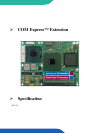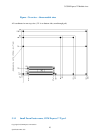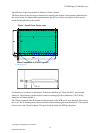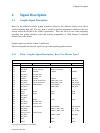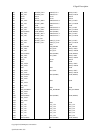3 COM Express™ Module sizes
Copyright © COM Express™ Extension
Specification Rev 013
9
3 COM Express™ Module sizes
3.1 Overview - Module Size
The primary difference between the current basic module and the extended module as well as future
compact footprints like microETXexpress and nanoETXexpress is the over-all physical size and the
performance envelope supported by each. The extended module offers larger real estate and can
accommodate larger processor, chips and memory solutions which are not possible on the basic
module.
The extended module and the basic module use the same connectors and pin-outs and utilize several
common mounting hole positions. This level of compatibility allows that a carrier board designed to
accommodate an extended module can also support a basic module, microETXexpress or
nanoETXexpress modules. This holds true for any future defined compact modules as they too will
utilize the same connectors and pin-outs
Up to 440 pins of connectivity are available between COM Express™ modules and the carrier board.
Legacy buses such as PCI, parallel ATA, LPC, AC'97 can be supported as well as new high speed
serial interconnects such as PCI Express, Serial ATA or SAS and Gigabit Ethernet. To enhance
interoperability between COM Express™ modules and carrier boards, five common signalling
configurations (Pin-out Types) have been defined to ease system integration. Some Pin-out Types
definitions require only a single 220-pin connector, like nanoETXexpress and others require both 220-
pin connectors to supply all the defined signalling.



